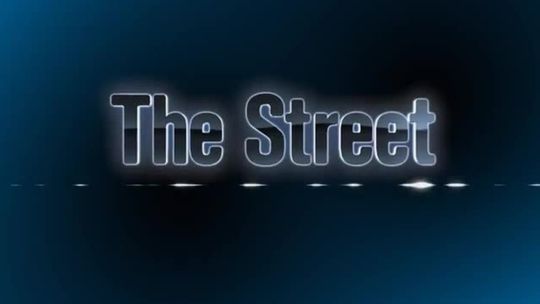Curtain rises on Wall Street's Taper Tantrum 2
NEW YORK — If you missed the Wall Street financial drama Taper Tantrum this spring, starring an unfriendly Federal Reserve and spooked stock traders, don't fret. The sequel Taper Tantrum 2 is airing now and getting mixed reviews as investors again dump stocks in anticipation of the nation's central bank dialing back on its market-friendly stimulus program.
The Dow Jones industrial averaged fell 105 points Wednesday to 14,897.55, its first close below 15,000 since early July. The latest sell-off, which began after the Dow notched a record high Aug. 2, extended its losing streak to six sessions, its longest skid since July 2012.
The blue-chip stock gauge is now 4.9% below its recent peak, which matches its 4.9% pullbacks in May and June. Both pullbacks were sparked by the same risk factor: the beginning of the end of the Fed's bond-buying program, known as quantitative easing, which for the past four years has kept interest rates and mortgage rates artificially low and propelled stock prices sharply higher.
"Is (tapering) priced in? That's the big question?" says Nicholas Sargen, chief investment officer at Fort Washington Investment Advisors, adding that the market is trying to figure out what the "true value" of assets like stocks and bonds really is after years of being distorted by the Fed's asset purchases.
FED MINUTES: Policymakers favor tapering this year[1]
FIRST TAKE: Fed policymakers fall into 2 camps[2]
However, given that 10-year U.S. government bond yields have already jumped sharply and are nearing 3% for the first time in two years, and the fact the Fed has never had to unwind such a massive trade before, "Everyone is kind of unsure how things will play out," Sargen says.
Each of these stock market hiccups, the largest since late 2011, followed hints from the Fed that it's multiyear support of financial markets and the economy, which has been in place since 2008, can't last forever.
The first Taper Tantrum kicked off on May 22, when Fed Chairman Ben Bernanke told a congressional panel that the central bank would likely start "tapering" its asset purchases later in 2013 if the economy and job market continued to gain strength. In June, the Fed chief laid out a timetable in which the Fed could phase out the plan completely by the middle of next year if the economic data keep coming in strong.
Bernanke later smoothed the market's frayed nerves, however, and the Dow went to set new highs.
But fears of tapering picked up again in early August and gained steam again yesterday when the Fed released minutes of its last meeting in July. The minutes stated that "almost all" of the Fed policymakers said they were "broadly comfortable" with the plan it rolled out in June.
WHAT TO WATCH: Has market momentum shifted to the downside?[3]
TRACK YOUR STOCKS: Get real-time quotes with our free Portfolio Tracker[4]
And while the Fed didn't say it would start reducing its bond purchases at its September meeting like many on Wall Street expect, investors still reacted negatively to the thought that the Fed is getting closer and closer to taking away the so-called punch bowl. "The July minutes remain consistent with 'Septaper,'" says Michael Gapen, an economist at Barclays.
Despite telegraphing its intentions for nearly three months now, the Fed's eventual move still poses risks for markets.
"There's no wiggle room," says Lance Roberts, chief strategist at StreetTalk Advisors. "One misstep, one bad policy move could push the economy into recession."
For now, Roberts calls the recent market weakness just a "dip." But he warns a steeper price correction could ensue if interest rates shoot sharply higher, causing a potential panic in the bond market. "A spike in rates would seriously impact the stock market," he says.

References
- ^ http://www.usatoday.com/story/money/business/2013/08/21/july-fed-meeting-minutes/2681119/ (www.usatoday.com)
- ^ http://www.usatoday.com/story/money/business/2013/08/21/july-fed-minutes-analysis/2681143/ (www.usatoday.com)
- ^ http://www.usatoday.com/story/money/markets/2013/08/21/investors-like-momentum-except-when-its-down/2682601/ (www.usatoday.com)
- ^ https://portfoliotracker.usatoday.com/ (portfoliotracker.usatoday.com)









